Wild Animals Who Prefer Their Own Company
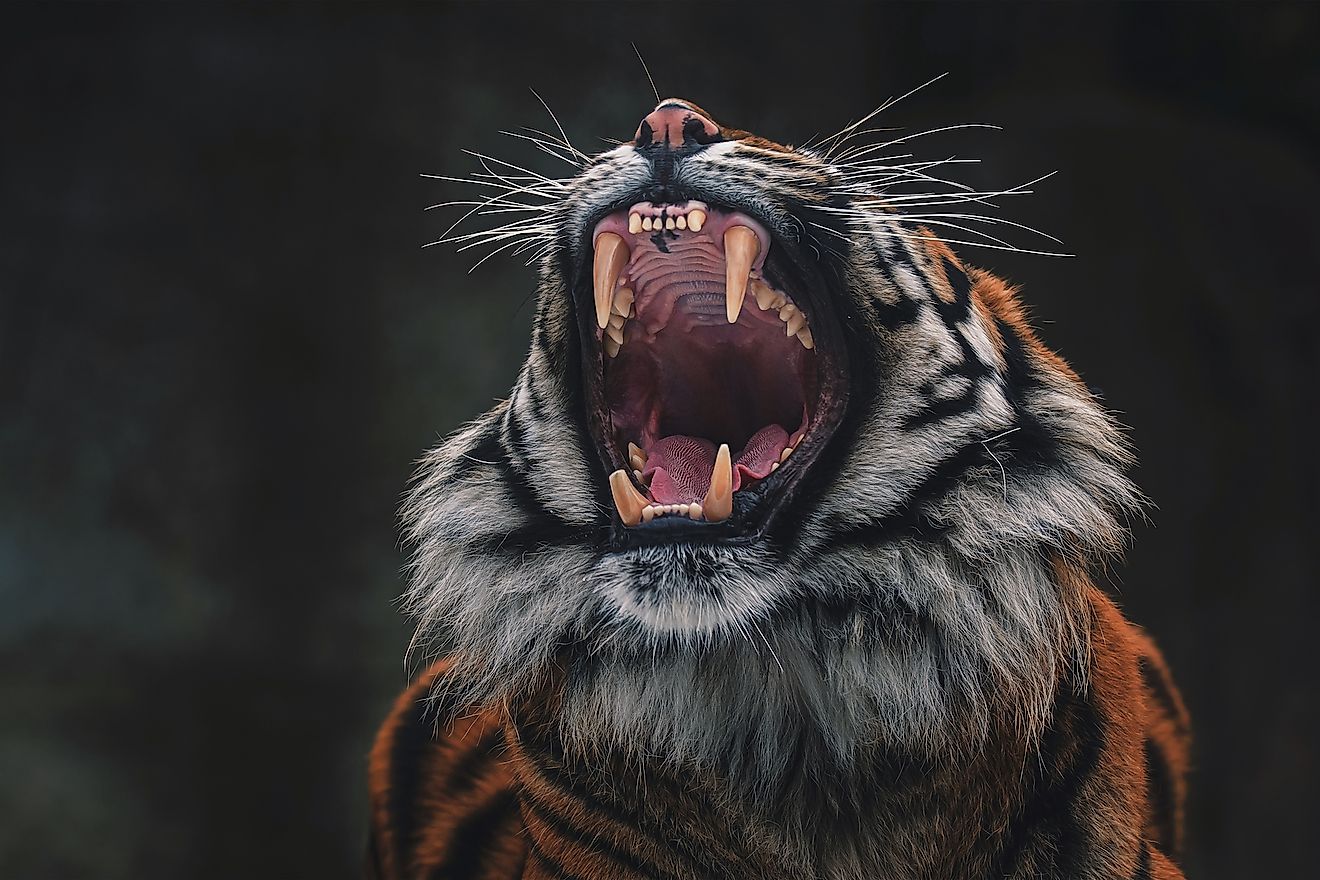
- Wolverines are solo animals that are actually part of the weasel family, and not wolves at all.
- Tigers live solitary lives and only live with a mate for about one week every two years.
- Animals that prefer solitary lives often do so because of what they eat and how they reproduce.
Some people like to go to crowded bars and restaurants, and love to hang out with their friends and family at all times. They have so many contacts on social media they forget who they have really met. These people are virtually never in a room by themselves except maybe to go to the bathroom. Not everyone is like this. Others sit for hours, or even days, alone in a chair reading their favorite book. The phone goes unanswered and food grows low in the cupboards as they avoid having to face a living, breathing human being at the supermarket.
The animal kingdom is just the same. Some animals love a pack, and others run solo. Much of why animals choose to live in groups or alone has to do with their mating habits, and how they source their food. Some animals are simply too big and competitive to work together. Others need the company of their mates to survive. Here is a brief look at ten animals that generally prefer their own company.
10. Tigers
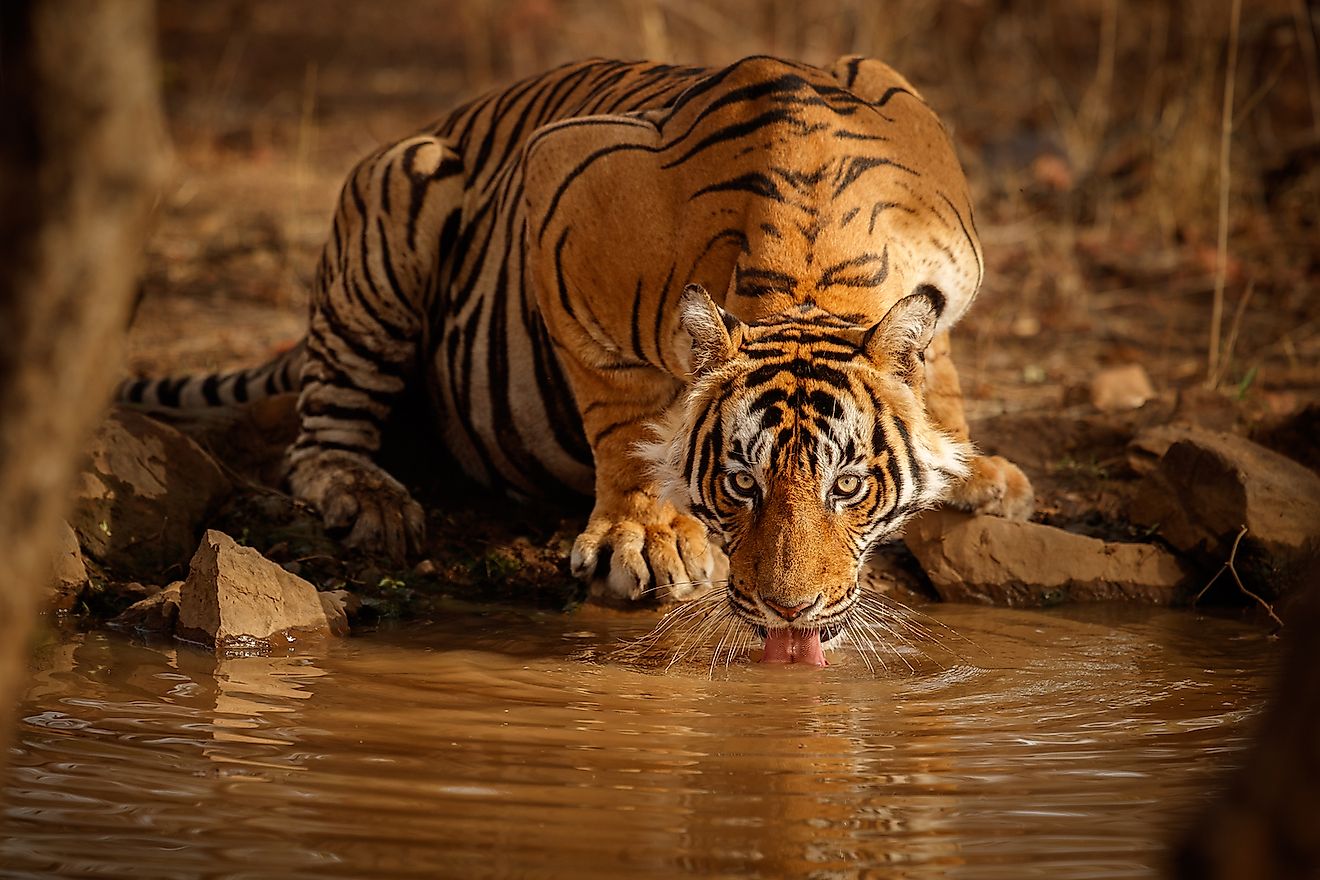
Tigers can be found in many wild locations throughout the globe including India, Nepal, Bhutan, Russia, China, Bangladesh, Vietnam, and other locations in Asia. On the whole, tigers prefer to live by themselves. The times in which you may see a small group of tigers together in the wild is when a mother is caring for her cubs.
Female tigers give birth to about two to four cubs simultaneously, about every two years. They care for their cubs until this age, at which point the tiger cubs strike out on their own, to find their own territory. Life is tough for a young tiger and about half of them die before reaching the age of two. Tigers are known to mark their territory with their urine and feces, to let another tiger know that the land in that spot is already taken. In this way, they remain alone, and hunt their territory for themselves.
9. Polar Bear
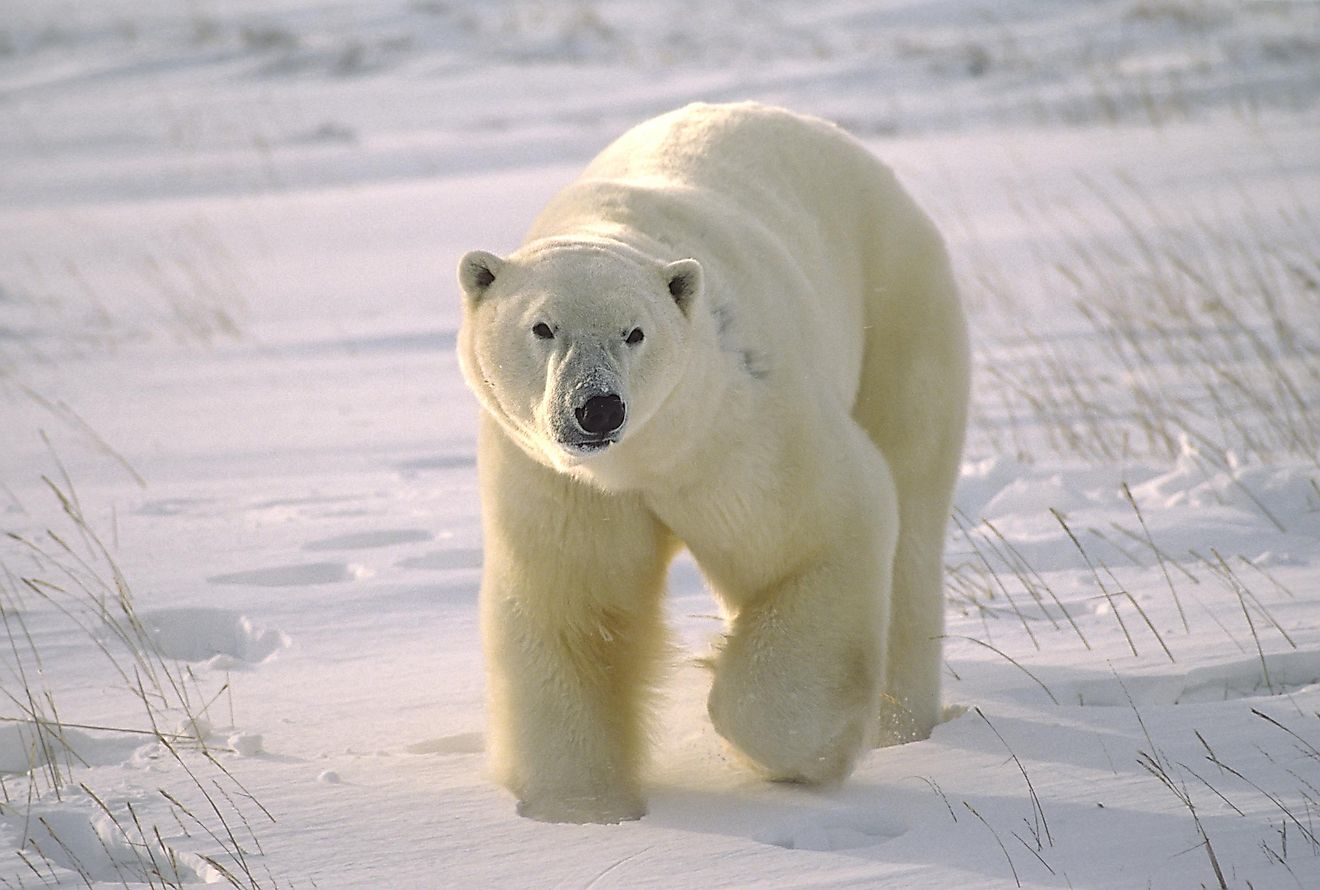
As with tigers, polar bears are usually only seen in groups when a mother is with her cubs, or in pairs when two bears are mating. When polar bears mate, the two bears stay together for about a week, mating multiple times. Following this, they go separate ways.
Polar bears are the largest carnivorous animals on Earth, measuring about seven to eight feet in length, and weighing over 1,000 pounds. Most polar bears do not den, unlike brown bears, but pregnant females do in order to provide a warm, safe place to give birth and raise her cubs.
8. Rhinoceros
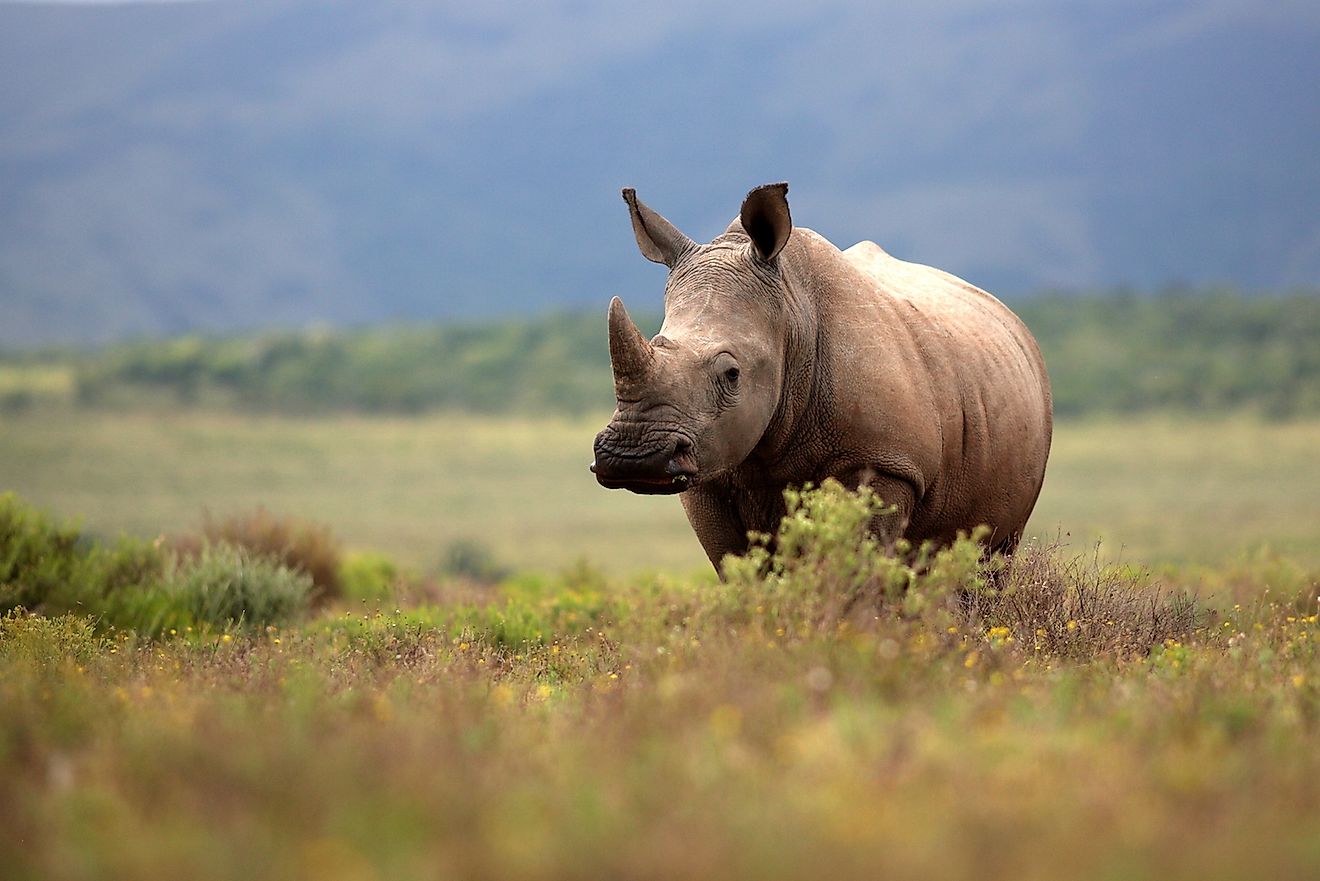
There are two main types of rhinos: the black rhinoceros, and the white rhino. Sadly, in 2019, there were only two white rhinos left alive on Earth, both of which were female. The white rhino has been brought to the brink of extinction by being poached for its horn.
White rhinos, when given the chance, are semi-social animals. Black rhinos in contrast, are solitary. Rhino bulls mark their territory as tigers do, by urinating marking their territory with their feces. They are known to drag their feces around the ground with their feet, Rhinos are aggressive and can attack, they are short-sighted, however.
7. Skunks
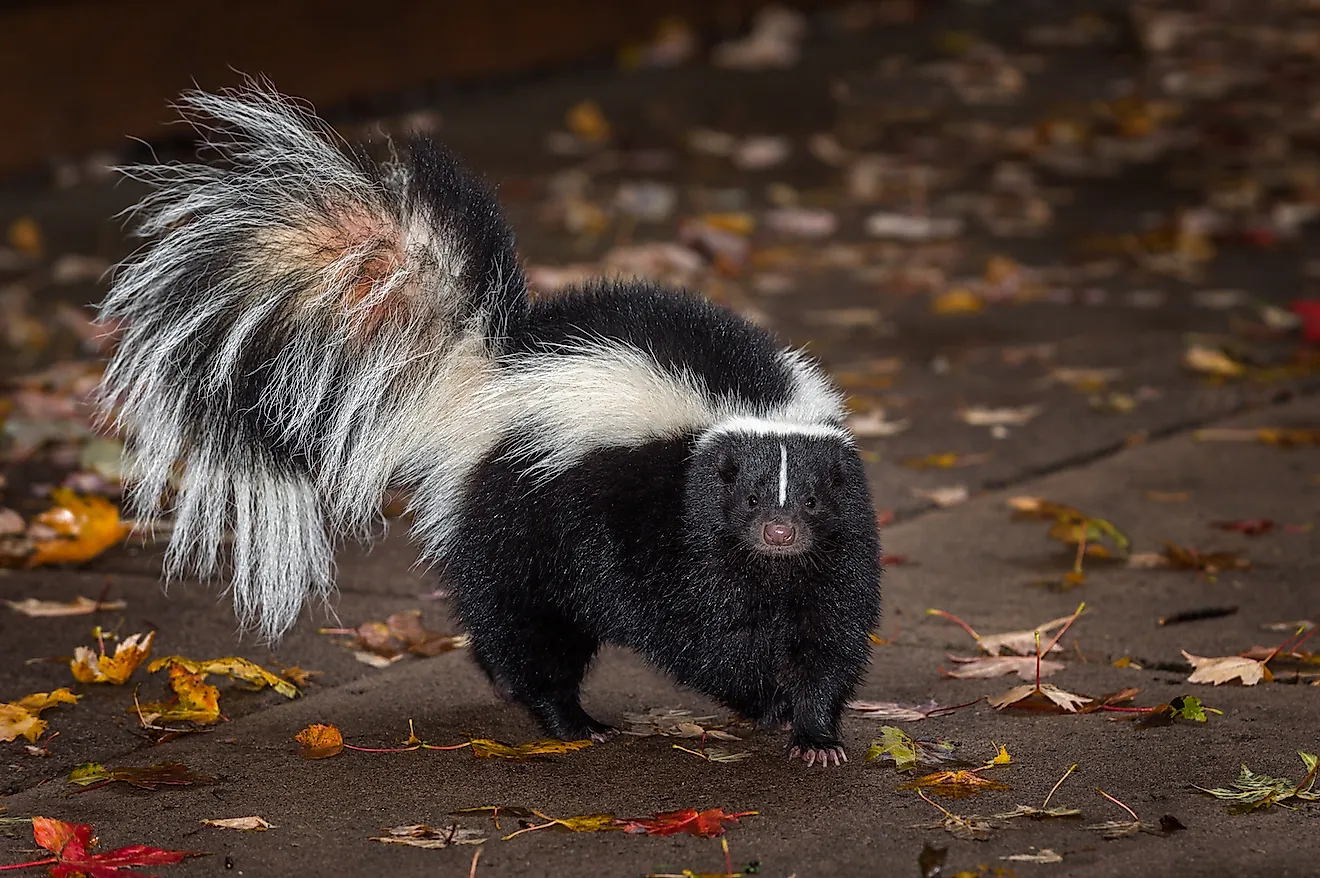
A smaller solitary animal is the skunk. There are eleven species of skunk found in the Western Hemisphere, and they are known for their smell. Skunks produce a strong smelling liquid that acts to protect them from potential predators. These small animals eat both plants and meat, changing their diet to suit the seasons. Skunks can be social at times, and may shelter in communal dens together but this is usually only in colder climates and months, and is done to keep warm, such as when hibernating in winter. Females may hibernate together, but males tend to stay solo. Many skunks live for just one year, but in the wild they can reach about seven years old.
6. Moles
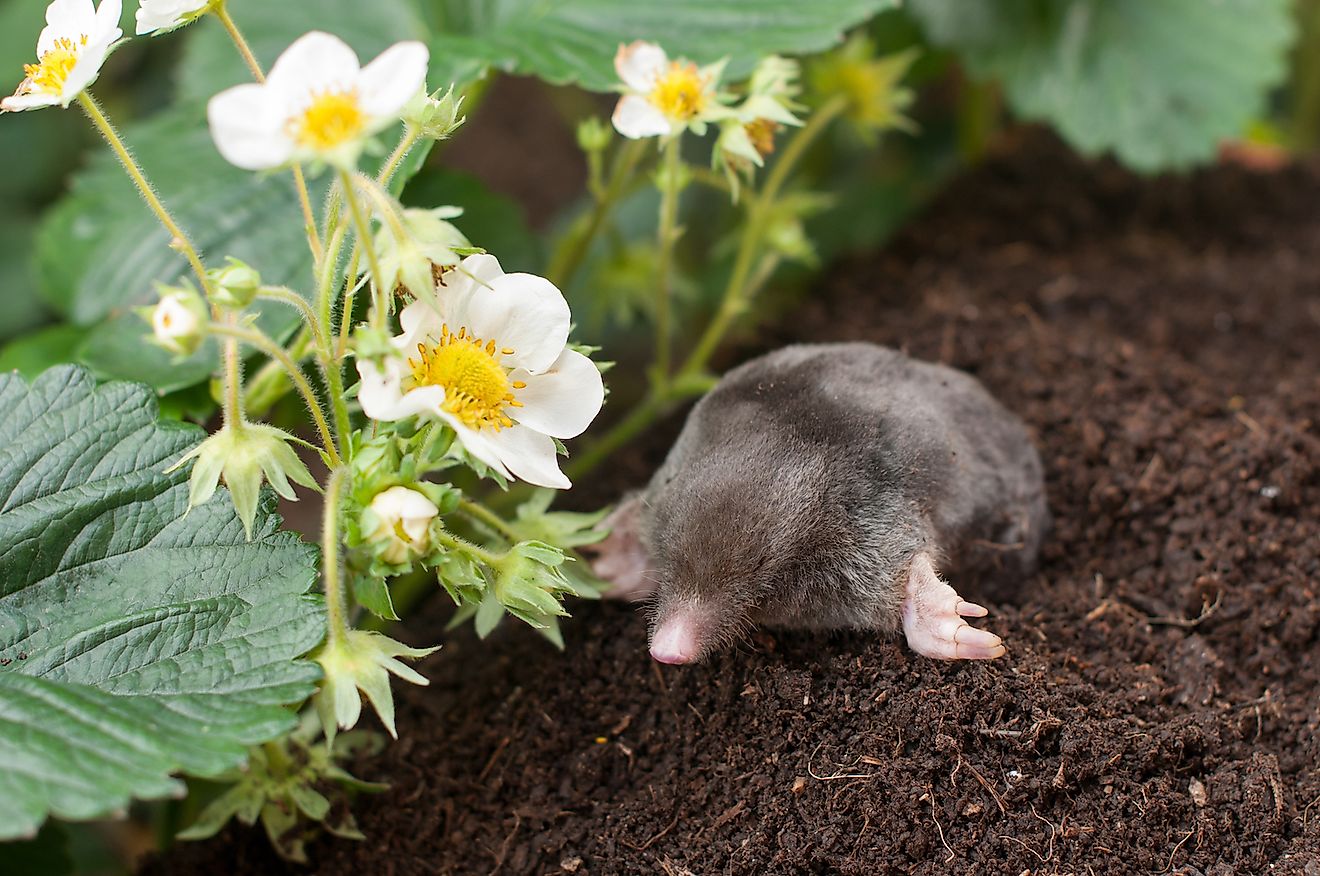
An even smaller solo animal is the mole. This creature is cute but known for digging tunnels in people’s gardens and damaging lawns. Moles do not hibernate, and look for food deep in the ground in winter. They are active both during the day and at night. Moles are effective as pest control consuming grubs, earthworms and insects. Moles can be extremely short-sighted, but can see light even when their eyes are shut.
5. Leopards
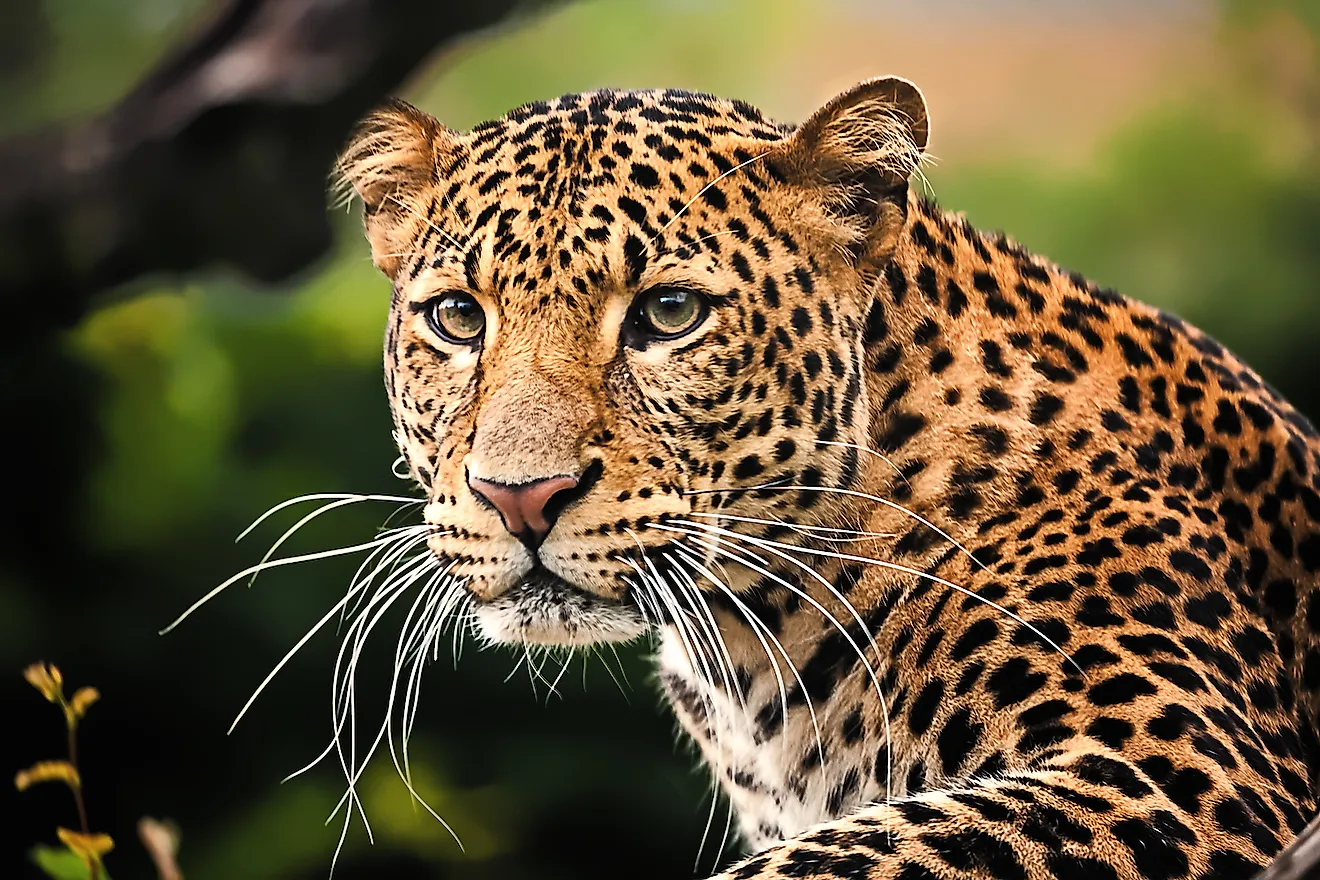
As with other large predatory animals, leopards only spend time with each other to mate, and raise their cubs. Like many big cats, these animals are nocturnal and hunt at night. Leopards often spend time hanging out in trees in Africa, Turkey, Russia, China, and Sri Lanka. Leopards enjoy the widest variety habitats compared with other large cats, and are known to live in everything from rainforests, to shrub lands. They eat other animals they come across including monkeys, rodents, amphibians and fish.
4. Sloth
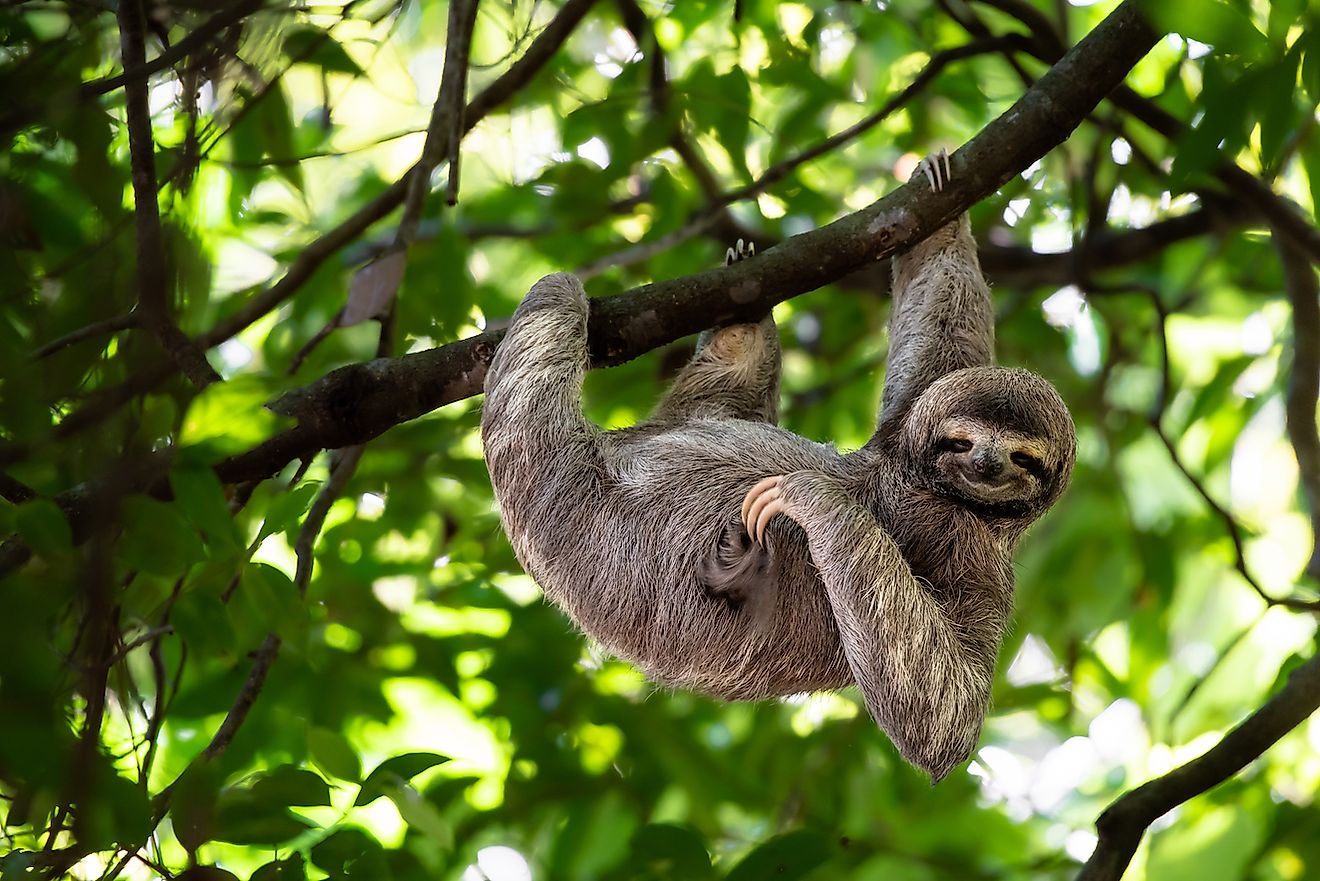
Sloths are funny creatures. These solo animals move extremely slowly, living in tall trees and eating leaves. Scientists say that historically, sloths could be as large as an elephant. Sloths can live very long lives in captivity, living to be as old as their mid-40s, and are actually rapid swimmers. These animals generally sleep for about 15 to 20 hours each day, and live in Central and South America.
3. Koala
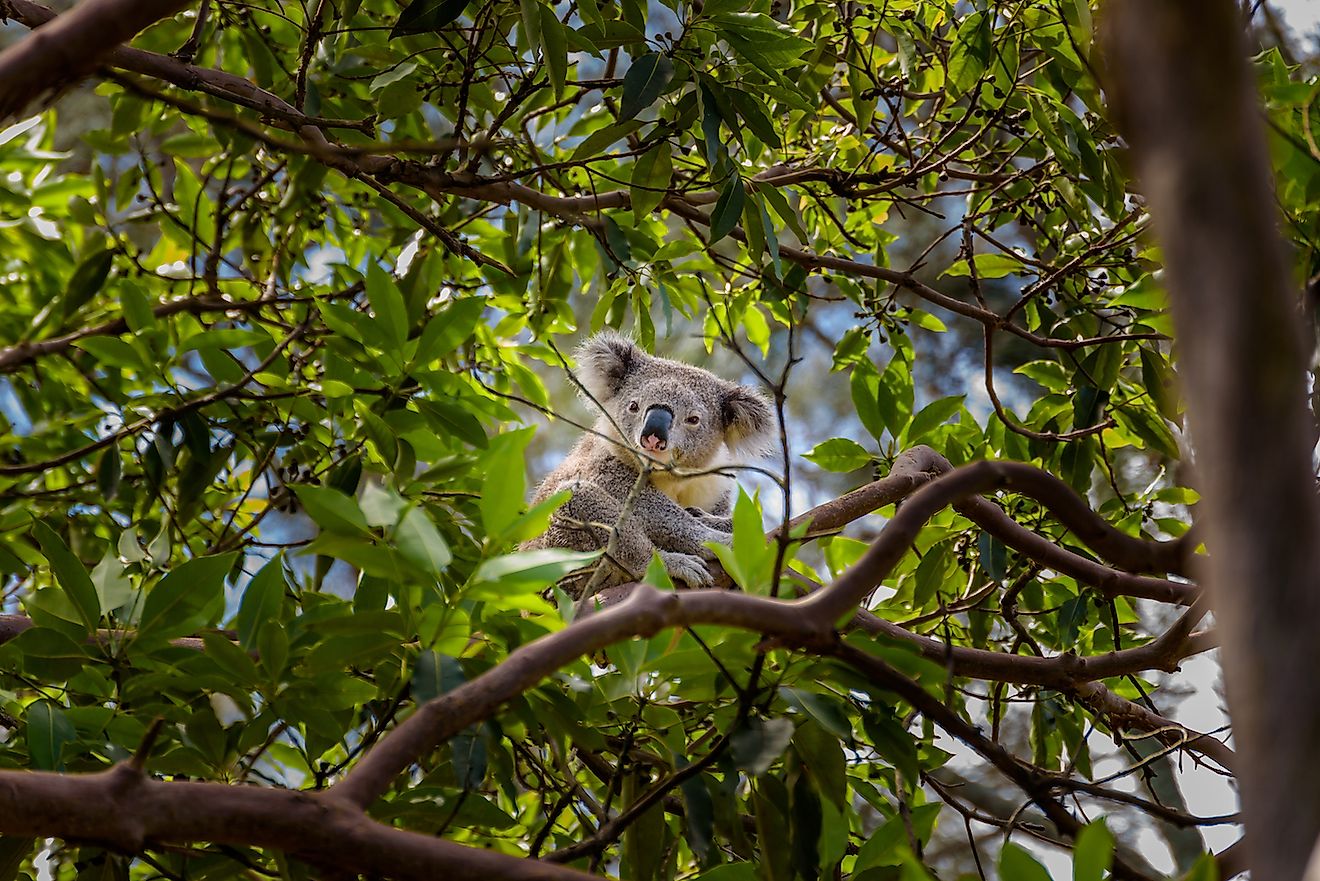
Koalas look like bears, but technically they are marsupials, and related to kangaroos. Like sloths, they enjoy sleeping a lot of their day away in treetops, and when awake they like like to feast on leaves, particularly eucalyptus leaves. These creatures eat more than a pound of leaves each day, and can get most of the water they need from this vegetation.
2. Pandas
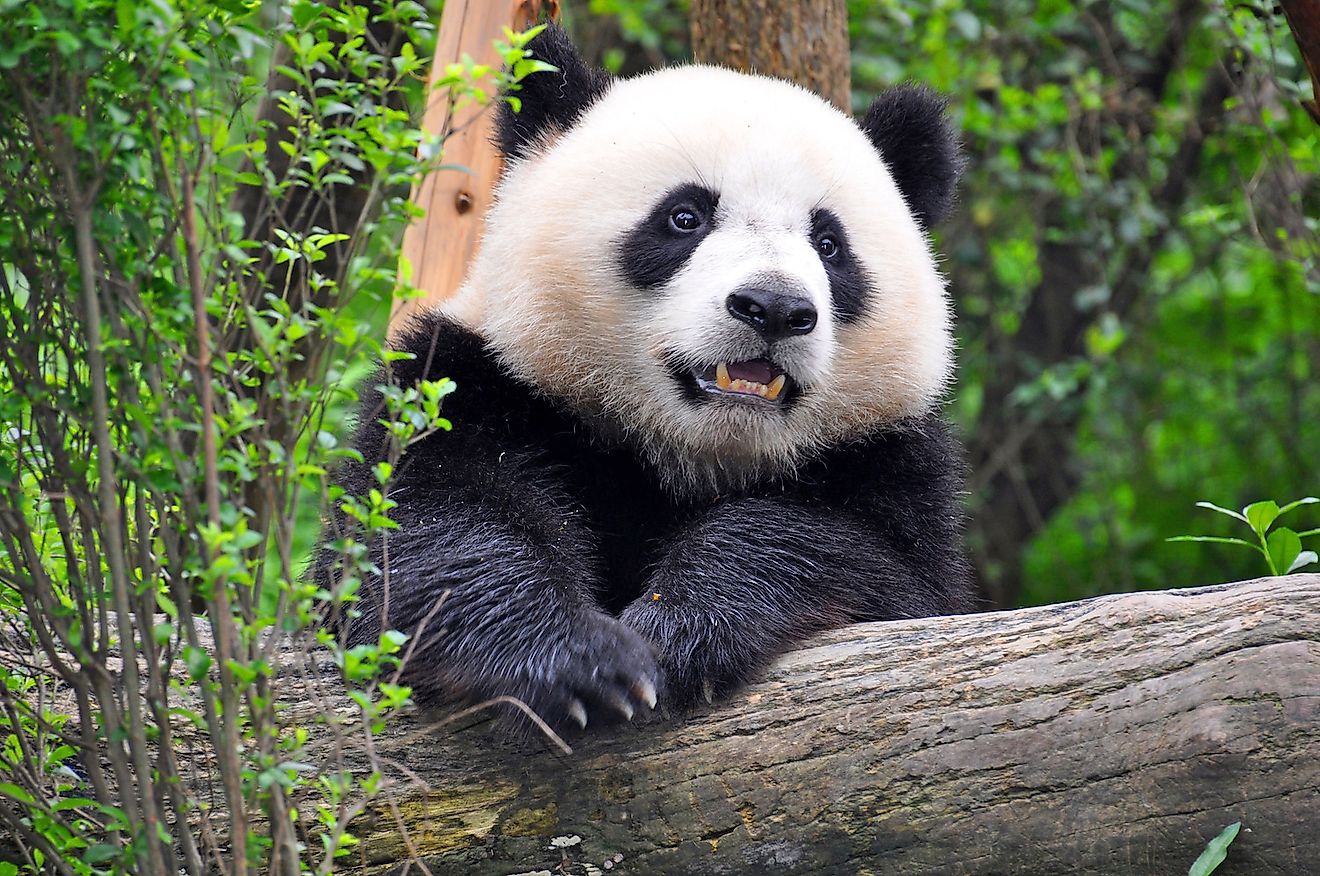
China’s loveable bear lives alone in this country’s central mountains. Their highly developed sense of smell allows male pandas to steer clear of each other, and to sniff out a female mate. Pandas are blind at birth, and cannot actually crawl until they are three months old. Pandas stick to themselves in the wild, making it difficult for researchers to learn about them in the bush. Conservation efforts have increased their populations in the wild, which had dropped in recent years. Interestingly, a mother panda can give birth to two cubs, but can only actually care for one at a time.
1. Wolverine
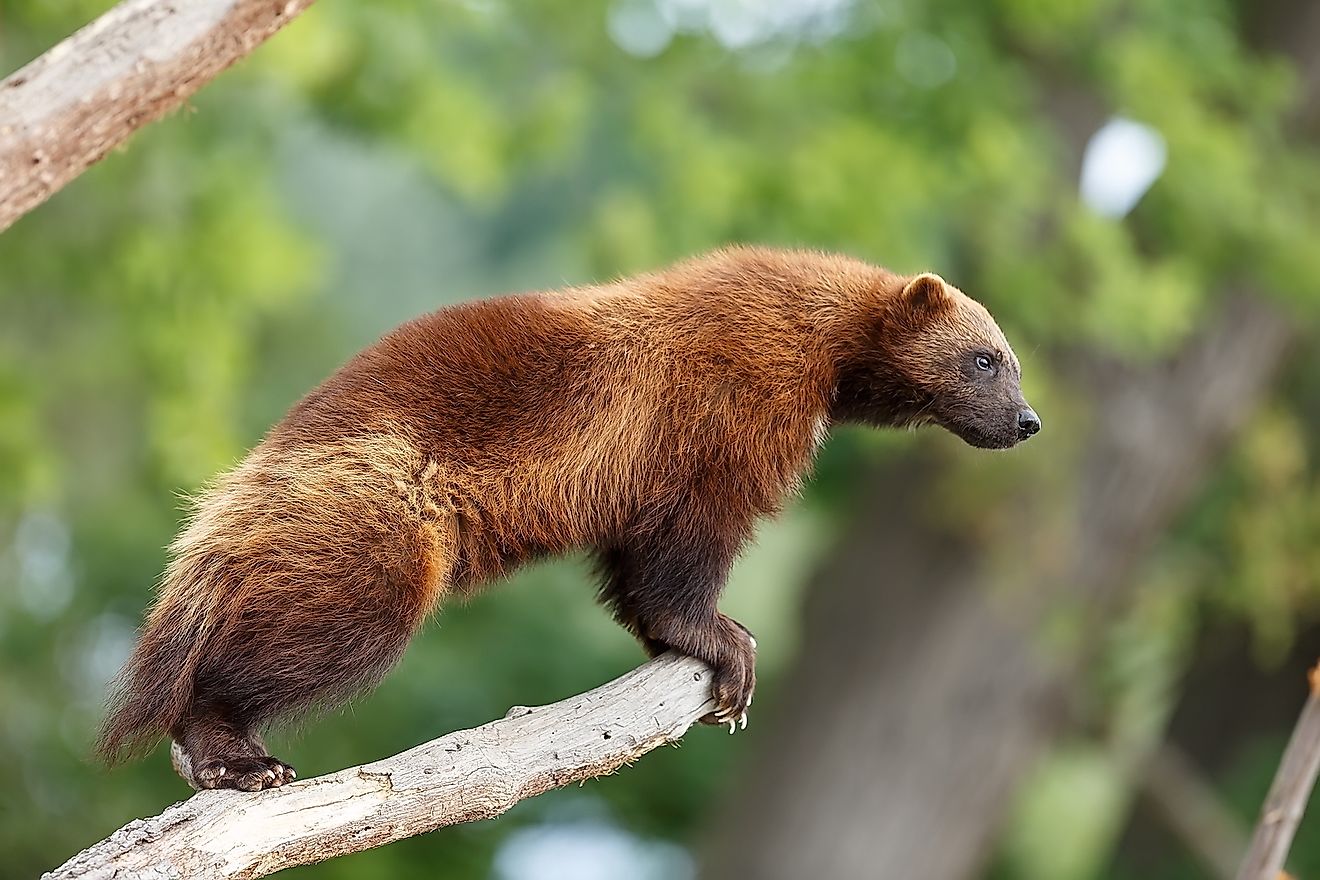
Wolverines are not wolves at all, but part of the weasel family. They find their home in the boreal forests the tundra and taiga in Northern Europe, North America, and Asia. These creatures love to roam around and need up to 15 miles to stretch their legs in each day. This requires them to be solo animals as they search far and wide for their meals. The wolverine will eat plants and berries, and also meat. This animal is an opportunistic feeder like the leopard, and will attack when hungry, killing small rodents, and larger animals like deer, if it appears injured. Wolverines have even been known to go after hibernating animals in their burrows to satisfy their appetites.











